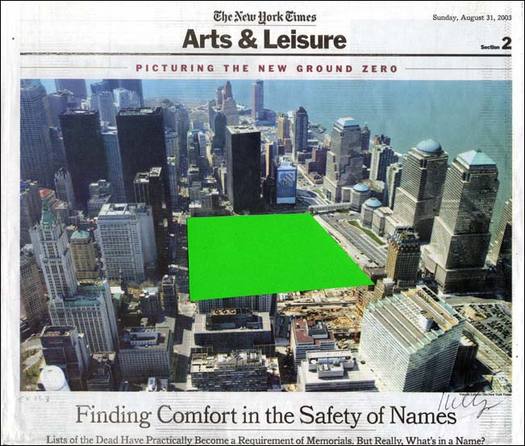It's the dialogue, stupid. (Or is that, "It's the dialogue. Stupid."?) After only three episodes, I'm getting fed up with the uncertain, equivocating, sometimes borderline incoherent dialogue that constitutes the majority of HBO's K Street. I know it's improvised, and that non-actors are supposed to be non-acting, but unless the unacknowledged agenda of the producers is to show that no one in Washington knows what the hell they're talking about--ever--something needs to be done. Politicians are expected to deliver content-free platitudes or sermons on camera; everyone else (except for the vaguely metrosexual Californian) needs to have something--anything--to say.
Seriously, if these people are expecting to get paid to consult, they need to cough up some value-added, and I haven't seen any since Carville delivered his one-liner to Howard Dean in Episode One. You don't need full-blown scripts, but Sunday should be Googleday for the K Street crew, yielding some talking points for each character.
Why, even the most cursory surf of anti- and pro-RIAA sites and articles would've yielded a meatier discussion and plausible pitch for the RIAA's business than the K Streeters put out. Ditto the Saudi thing this week. I hope "Nobody reads beyond the cover of Time magazine" is just a line, not a scriptwriting strategy. Even so, waving it around and calling it story is like putting your textbook under your pillow and hoping it'll soak in while you sleep.
Some other suggestions:
1) If you want to play an inside game, play inside, fellas. For example, in the music sharing episode, why did Francisco make the appointment for the pitch? Wouldn't it more intriguing if the stalker-y lesbian lobbyist knew someone at the RIAA? Or if she was expected to know someone, but she had to beg off because of undisclosed restraining orders?
2) Speaking of inside games, why not turn up the heat with some actual headlines? Check out Talking Points Memo, where Josh Marshall's been posting up a storm about actual Republican lobbyists, who, like K Street star Mary Matalin, just left the administration, but who are setting up shops to help companies get sweet rebuilding contracts in Iraq. Nice work if you can get it, and you don't have to worry about ratings.
3) Of course, you could combine #2 and 3: The Register reported in April that Hilary Rosen is rewriting Iraq's copyright laws.
There. That's five value-adds right there. Just call my people if you'd like some more.









 Ground Zero, Ellsworth Kelly, 2003, collage. image:nytimes.com
Ground Zero, Ellsworth Kelly, 2003, collage. image:nytimes.com














